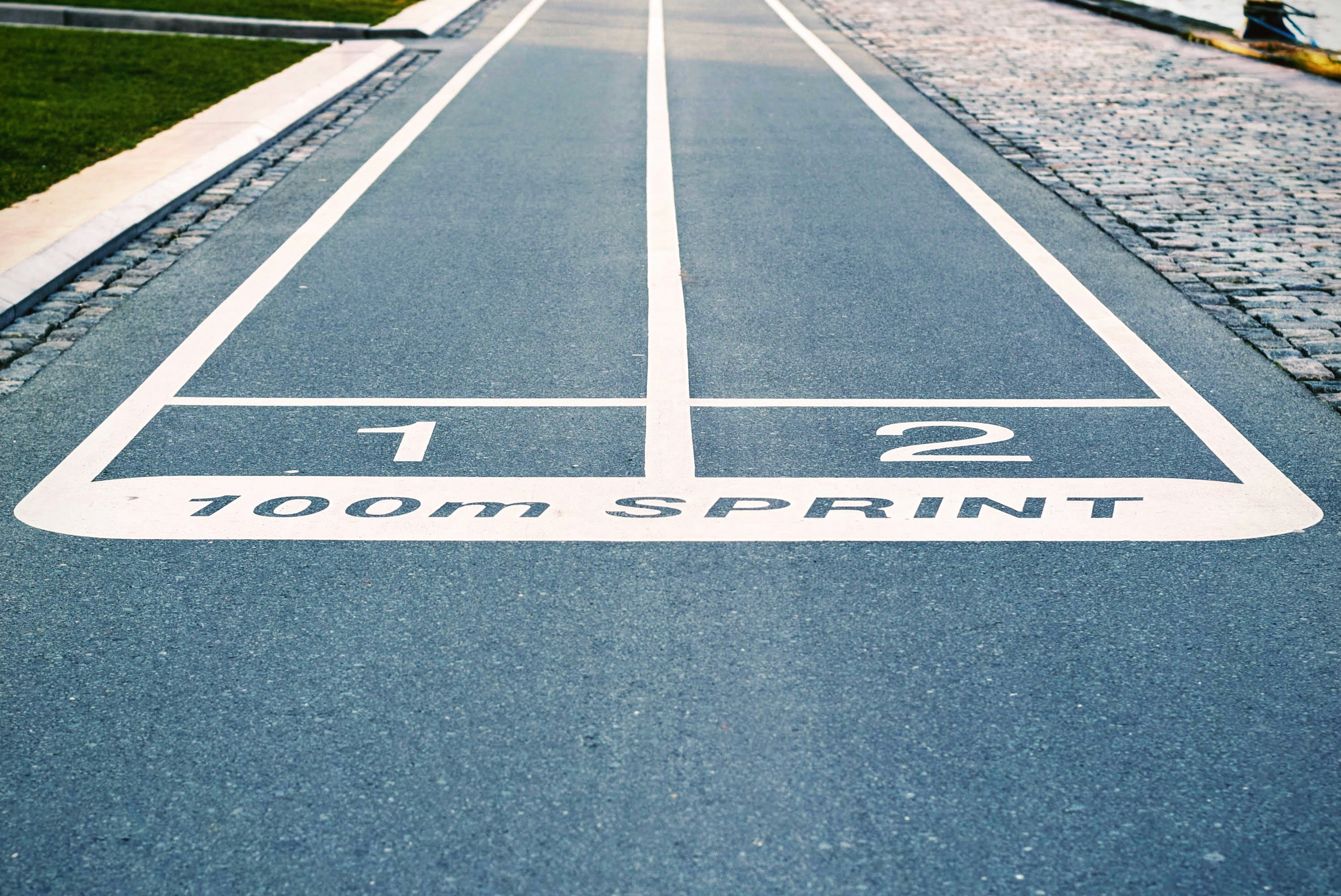Demystifying the Intricacies of Biomechanics in Sports
Athletes continuously strive to push the boundaries of their physical capabilities, aiming to optimize their performance in every way possible. One field that plays a crucial role in this endeavor is sports biomechanics. From the way a golfer swings their club to the precision of a gymnast's dismount, biomechanics shapes the world of sports.
Understanding the Basics of Biomechanics
Biomechanics is a branch of science that applies the principles of physics and mechanics to human performance. It seeks to understand how the body moves and why it moves the way it does. In sports, it’s applied to optimize athletes’ performance and to reduce injury risk.
In the early stages, studies of biomechanics were primarily focused on reducing injuries. However, as our understanding of human movement has improved, the field has expanded to include performance enhancement.
The Role of Biomechanics in Sports
Biomechanics is now a fundamental part of the sports industry. It’s used to design training programs, analyze performance, and develop equipment. For example, shoe companies use biomechanical analysis to design footwear that maximizes performance and minimizes injury risk.
In sports such as swimming or running, coaches use biomechanics to analyze athletes’ technique and identify areas of improvement. It helps in understanding how different body movements contribute to overall performance and where potential weaknesses lie.
The Power of Biomechanics in Performance Enhancement
Biomechanics can offer valuable insights to athletes looking to improve their performance. By analyzing movement patterns and forces, biomechanics can identify inefficient movements, areas of potential injury, and provide suggestions for training modifications.
For example, in sports like gymnastics or figure skating, athletes can use biomechanics to fine-tune their movements, ensuring they achieve the highest scores possible. Furthermore, in sports like weightlifting or powerlifting, understanding biomechanics can help athletes lift heavier weights with less risk of injury.
The Challenges and Future of Biomechanics in Sports
While the benefits of biomechanics in sports are undeniable, there are also challenges. Biomechanics is a complex field, and understanding its principles requires a solid foundation in physics and human anatomy. Furthermore, applying these principles to real-world scenarios can be difficult due to the uniqueness of each athlete’s body and movement patterns.
However, with advances in technology, the future of biomechanics in sports looks promising. Wearable technology, for example, is enabling more detailed and personalized biomechanical analysis than ever before. The continued integration of biomechanics into sports will undoubtedly lead to more significant performance improvements and a better understanding of human movement.
In conclusion, biomechanics plays a critical role in sports, helping athletes optimize their performance, reduce their risk of injury, and push the boundaries of what is physically possible. Despite the challenges, the future of biomechanics in sports is bright, promising continued advancements in our understanding of human movement and its application to sports performance.





